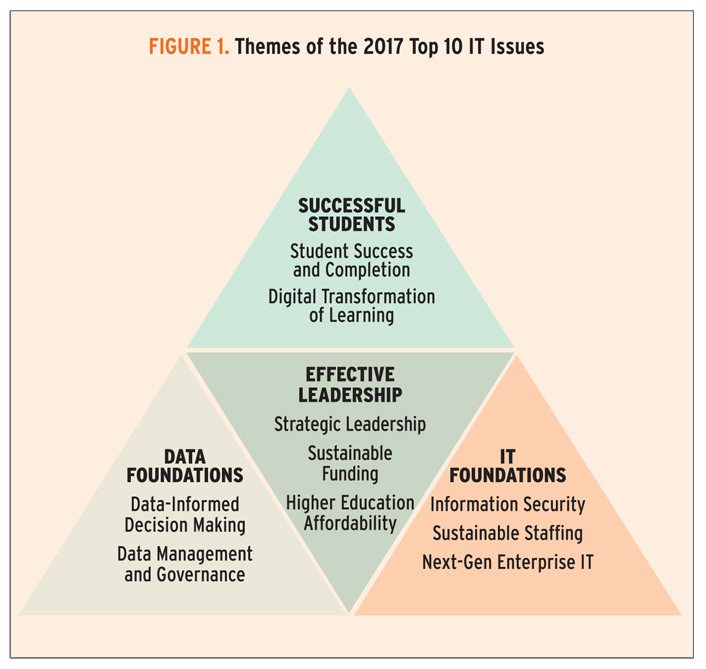social media adoption education
- Perceived usefulness (PU) – This was defined by Fred Davis as “the degree to which a person believes that using a particular system would enhance his or her job performance“.
- Perceived ease-of-use (PEOU) – Davis defined this as “the degree to which a person believes that using a particular system would be free from effort” (Davis 1989).
Venkatesh, V., Morris, M. G., Davis, G. B., & Davis, F. D. (2003). USER ACCEPTANCE OF INFORMATION TECHNOLOGY: TOWARD A UNIFIED VIEW. MIS Quarterly, 27(3), 425-478.
http://login.libproxy.stcloudstate.edu/login?qurl=http%3a%2f%2fsearch.ebscohost.com%2flogin.aspx%3fdirect%3dtrue%26db%3daph%26AN%3d10758835%26site%3dehost-live%26scope%3dsite
++++++++++++++
proposing a Social Media Adoption Model (SMAM) for the academic community
Social media platforms provide an easy alternative, to the academic community, as compared to official communications such as email and blackboard. my note: this has been established as long as back as in 2006 – https://www.chronicle.com/article/E-Mail-is-for-Old-People/4169. Around the time, when SCSU announced email as the “formal mode of communication).Thus, it is emerging as a new communication and collaboration tool among the academic community in higher education institutions (Roblyer, McDaniel, Webb, Herman, & Witty, 2010). Social media has greatly changed the communication/feedback environment by introducing technologies that have modified the educational perspective of learning and interacting (Prensky, 2001).
++++++++++++++
Theory of Reasoned Action : https://en.wikipedia.org/wiki/Theory_of_reasoned_action
++++++++++++++++++++
the Theory of Reasoned Action (Fishbein & Ajzen, 1975) and the Technology Acceptance Model (Davis, 1989) have been used to assess individuals’ acceptance and use of technology. According to the Technology Acceptance Model, perceived usefulness and perceived ease are the main determinants of an individual’s behavioral intentions and actual usage (Davis, 1989).
Perceived usefulness, derived from the Technology Acceptance Model (TAM), is the particular level that an individual perceives that they can improve their job performance or create ease in attaining the targeted goals by using an information system. It is also believed to make an individual free from mental pressure (Davis, 1989).
Perceived ease of use can be defined as the level to which an individual believes that using a specific system will make a task easier (Gruzd, Staves, & Wilk, 2012) and will reduce mental exertion (Davis, 1989). Venkatesh (2000) posits this construct as a vital element in determining a user’s behavior toward technology. Though generally, there is consensus on the positive effect of perceived ease of use and perceived usefulness on users’ attitude towards social media, it is not yet clear which one of these is more relevant in explaining users’ attitude towards social media in the academic community (Lowry, 2002). Perceived ease of use is one of the eminent behavioral beliefs affecting the users’ intention toward technology acceptance (Lu et al., 2005). The literature suggests that perceived ease of use of technology develops a positive attitude toward its usage (Davis, 1989).
Collaborative learning is considered as an essential instructional method as it assists in overcoming the communication gap among the academic community (Bernard, Rubalcava, & St-Pierre, 2000). The academic community utilizes various social media platforms with the intention to socialize and communicate with others and to share common interests (Sánchez et al., 2014; Sobaih et al., 2016). The exchange of information through social media platforms help the academic community to develop an easy and effective communication among classmates and colleagues (Kaplan & Haenlein, 2010). Social media platforms can also help in developing communities of practice that may help improve collaboration and communication among members of the community (Sánchez et al., 2014). Evidence from previous work confirms that social media platforms are beneficial to college and university students for education purposes (Forkosh-Baruch & Hershkovitz, 2012). Due to the intrinsic ease of use and usefulness of social media, academics are regularly using information and communication technologies, especially social media, for collaboration with colleagues in one way or the other (Koh & Lim, 2012; Wang, 2010).
++++++++++++++++
more about social media in education in this IMS blog
https://blog.stcloudstate.edu/ims?s=social+media+education
